13th Edition Complete Revascularization: Live Case Course in Modern PCI
Published: 04 January 2024
-
Views:
 26295
26295
-
Likes:
 7
7
-
Views:
 26295
26295
-
Likes:
 7
7
-
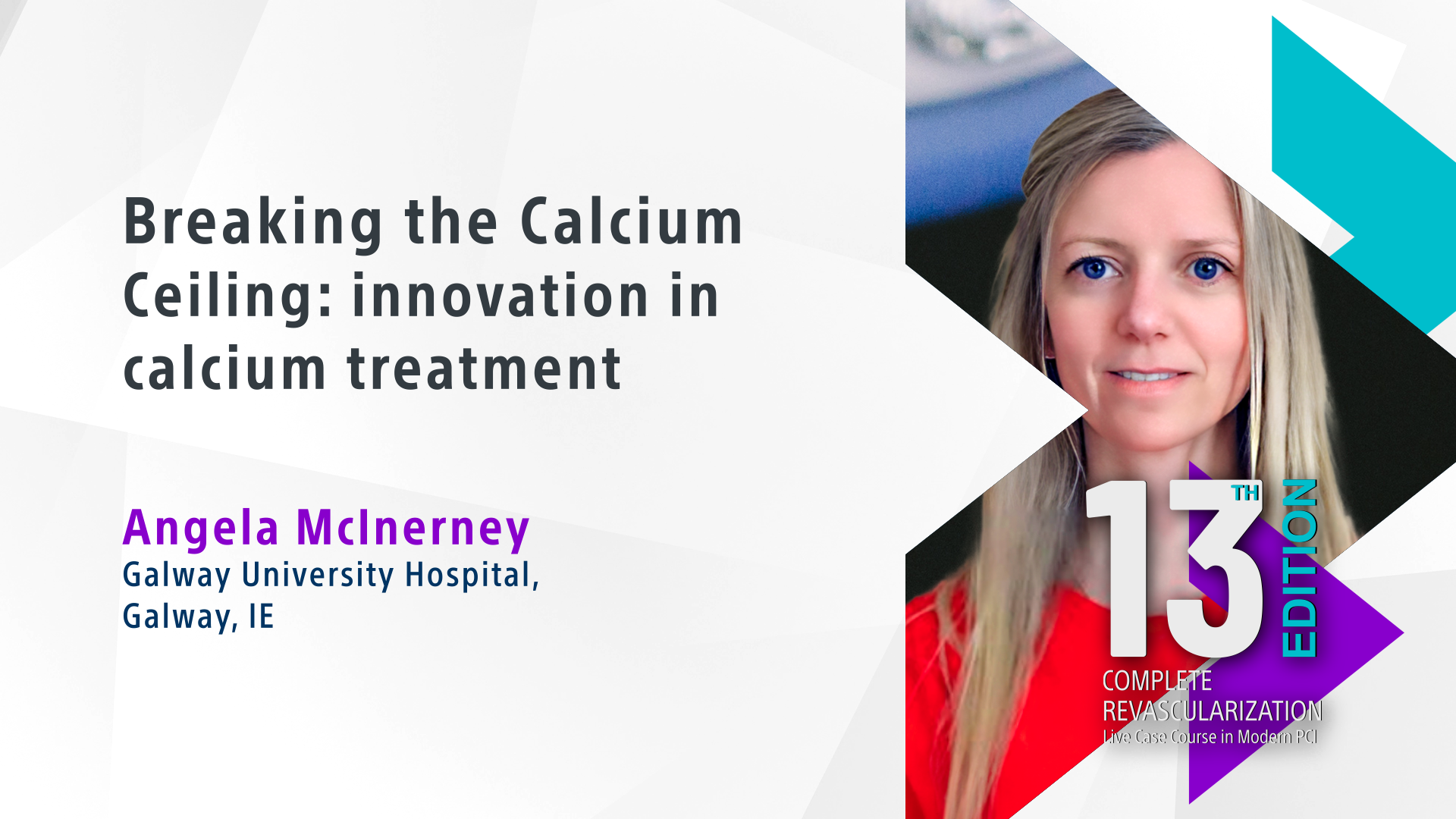 12m 48sPart 1 Breaking the Calcium Ceiling: Innovation in Calcium Treatment Angela McInerney
12m 48sPart 1 Breaking the Calcium Ceiling: Innovation in Calcium Treatment Angela McInerney
-
 14m 5sPart 2 Cracking the Calcium Code: the clinical evidence Antonio Mangieri
14m 5sPart 2 Cracking the Calcium Code: the clinical evidence Antonio Mangieri
-
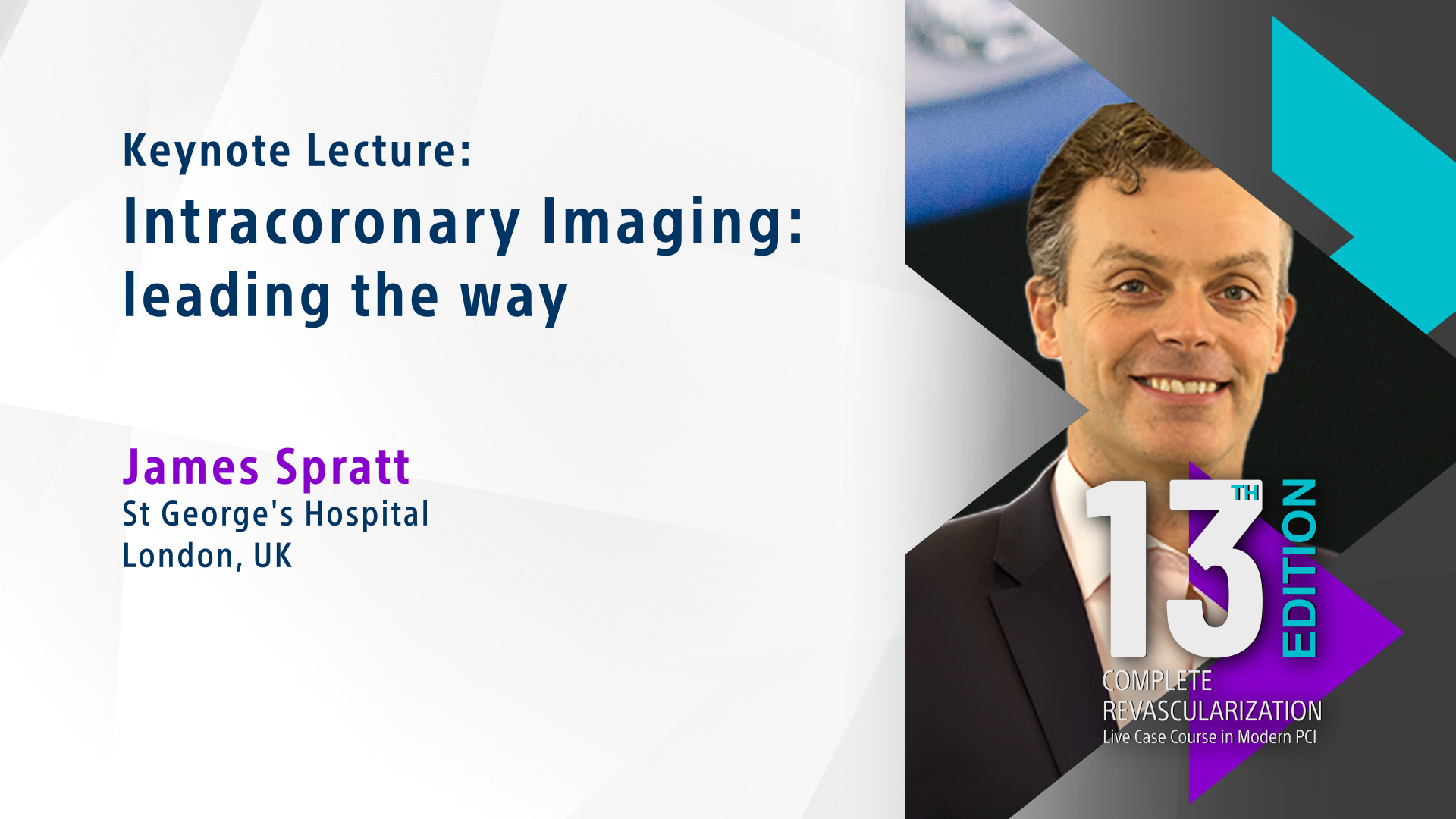 21m 17sPart 3 Intracoronary Imaging: Leading the Way James Spratt
21m 17sPart 3 Intracoronary Imaging: Leading the Way James Spratt
-
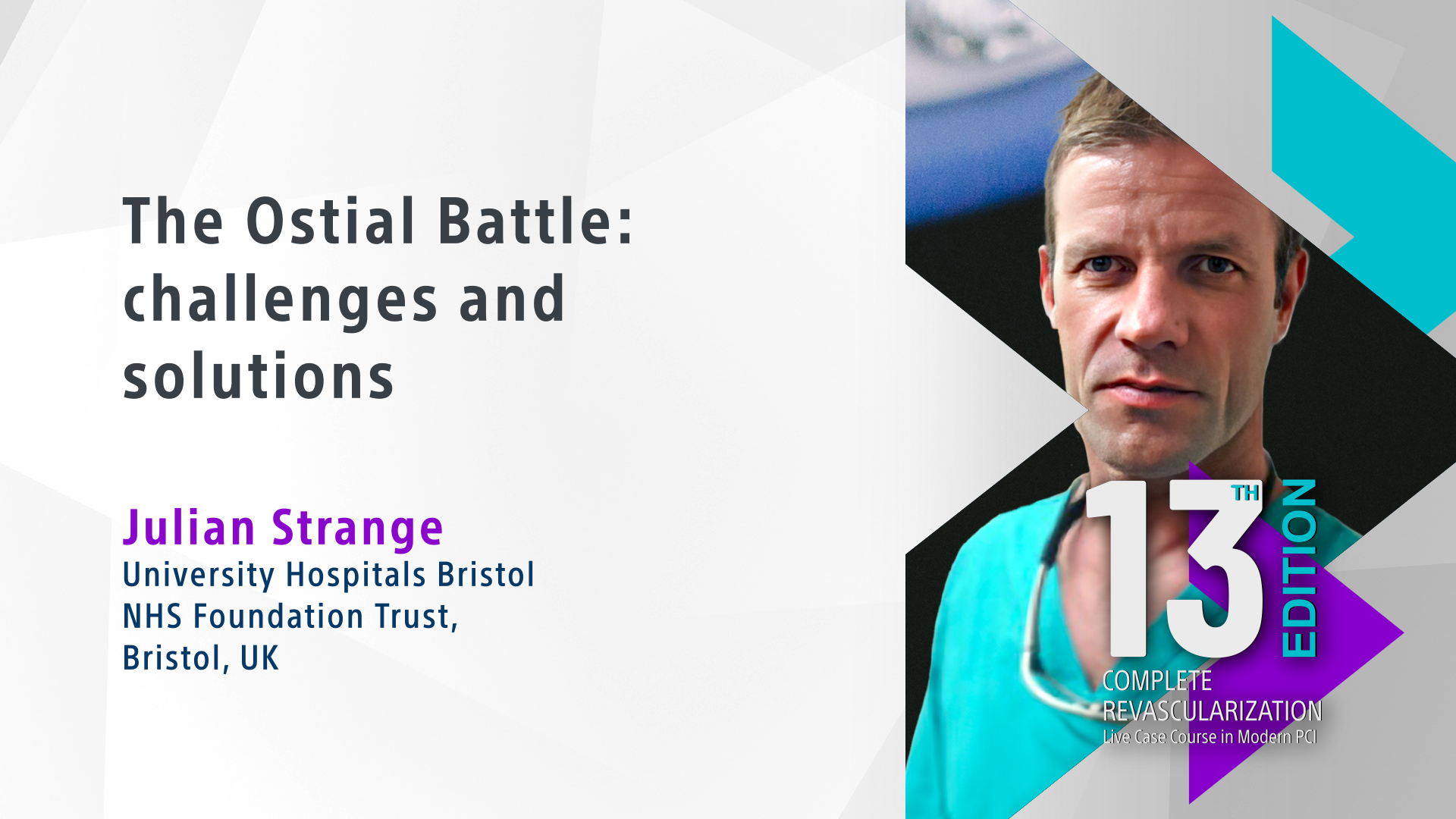 11m 45sPart 4 The Ostial Battle: Challenges and Solutions Julian Strange
11m 45sPart 4 The Ostial Battle: Challenges and Solutions Julian Strange
Overview
The event was hosted by James Spratt, St George’s University Hospital NHS Trust, London, UK with and Emanuele Barbato Sant Andrea Hospital, Rome, IT in Munich in November 2023.
13th Edition Complete Revascularization is a comprehensive course meticulously crafted to provide the audience with an understanding of cutting-edge techniques, challenges, and advancements in interventional cardiology.

Learning Objectives
- Overcome the challenges of calcium with Wolverine Cutting Balloon and RotaPRO Atherectomy
- Evaluate IVUS guidance: How HD IVUS can support you in planning and executing your procedure with systematic implementation of IVUS123
- Demonstrate knowledge in evidence-based medicine: Trials to support Imaging and calcium modification in PCI
- Develop the skills necessary to achieve procedural success in left main bifurcation treatment by integrating IVUS guidance alongside dedicated devices
- Attain proficiency in ensuring procedural success for left main bifurcation and ostial lesions by employing IVUS guidance in conjunction with dedicated devices
More from this programme
Part 1
PRESENTATION: Breaking the Calcium Ceiling: Innovation in Calcium Treatment
Angela McInerney delivers an insightful presentation on the cutting-edge realm of calcium treatment. Exploring the Significance of Intracoronary Imaging, highlighting essential elements in evaluating coronary calcium and the transformative role of cutting balloons.
Part 2
PRESENTATION: Cracking the Calcium Code: The Clinical Evidence
Antonio Mangieri presents covering key points about the current approaches to calcified lesions, along with reviewing crucial clinical data, emphasising the challenges posed by these lesions and presenting insights derived from the COPS trial.
Part 3
KEYNOTE: Intracoronary Imaging: Leading the Way
James Spratt delivered a compelling presentation focusing on key aspects of intracoronary imaging in the context of PCI. The presentation highlighted the primary goals of PCI, emphasising the need for treatments that are safe, effective, and durable. James Spratt showcased the role of IVUS, presenting insights through "IVUS 123" Additionally, the presentation emphasised the critical importance of achieving a minimal stent area for optimal PCI outcomes.
Part 4
PRESENTATION: The Ostial Battle: Challenges and Solutions
Julian Strange's presentation included key points on lesion assessment, preparation, and stent deployment, offering practical insights with real-world case examples. The presentation served as a valuable guide for healthcare professionals facing the complexities of managing Aorto-ostial disease in clinical practice.
Part 5
PRESENTATION: Cracking the Imaging Code - Clinical Evidence and Key Takeaways
Kalaivani Mahadevan's presentation highlighted the crucial role of IVUS. The key points included a timeline summary of RCT data showcasing the evolution and significance of IVUS. Kalaivani Mahadevan emphasised its valuable application in Left Mainstem PCI and its effectiveness in managing calcified or complex coronary artery disease.
Part 6
PRESENTATION: Case-In-A-Box Recorded in Mater Private Hospital - Dublin, IE
Colm Hanratty presents a complex recorded case to an experienced faculty of peers who discuss and review treatment options, emphasising how imaging drove this patient's outcome.
Part 7
PRESENTATION: Case-In-A-Box Humanitas Hospital - Milano, IT
Gabriele Gasparini explores an extraordinary case of advanced in-stent neoatherosclerosis, recorded in Milan. Delve into the complexities of this condition, from diagnosis to management strategies and gain valuable insights into addressing challenges in interventional cardiology.






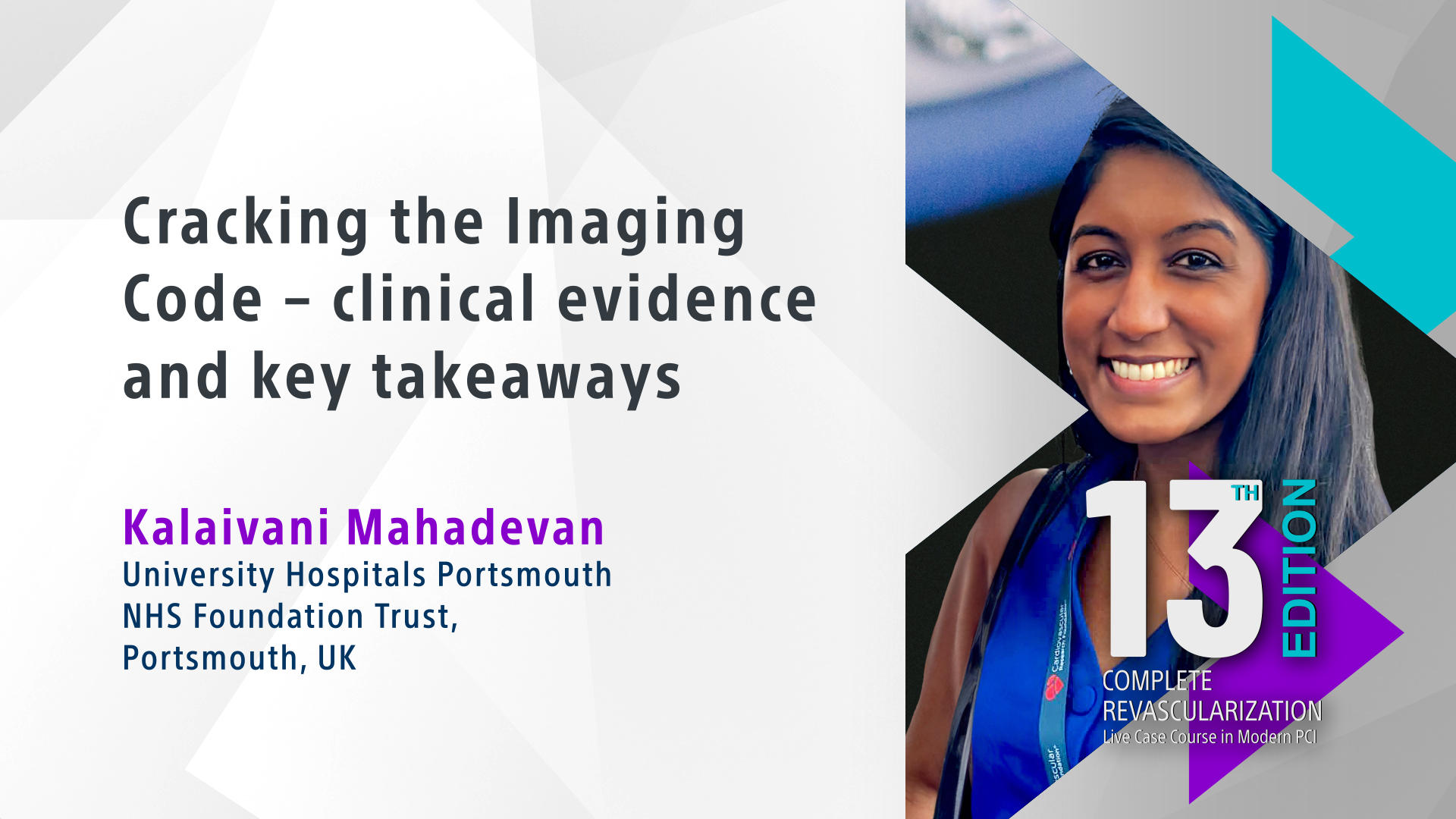
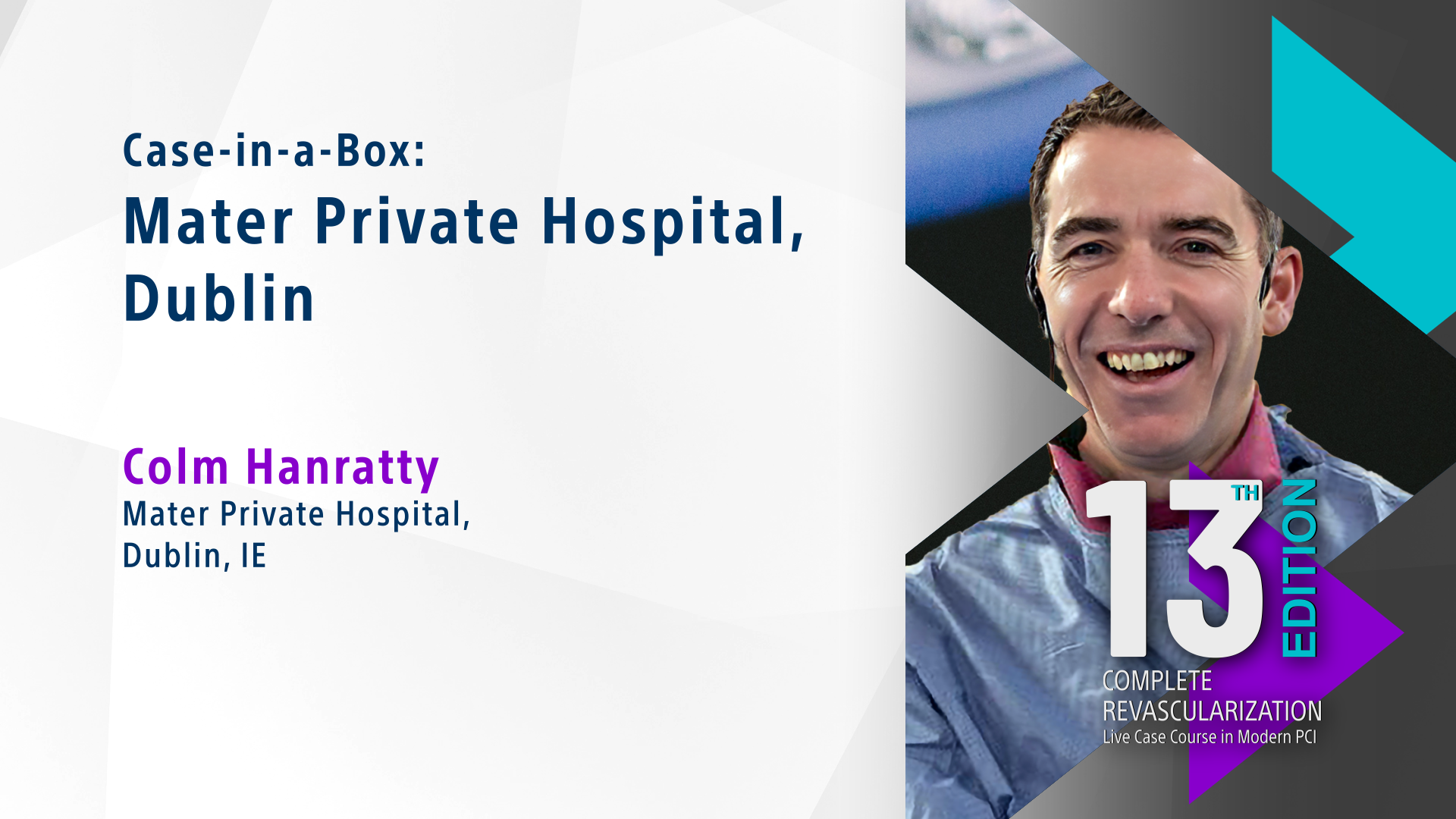
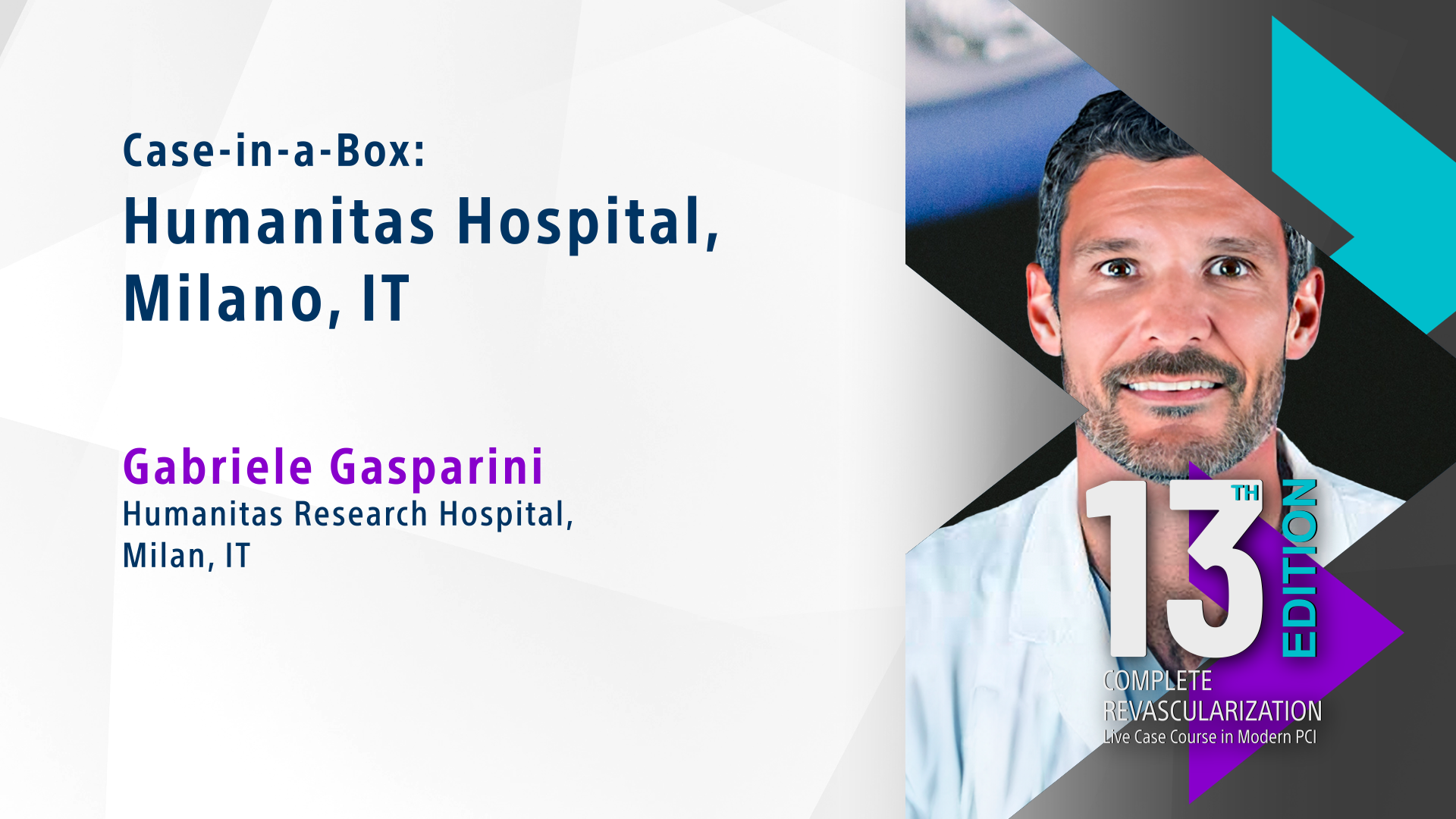
Comments